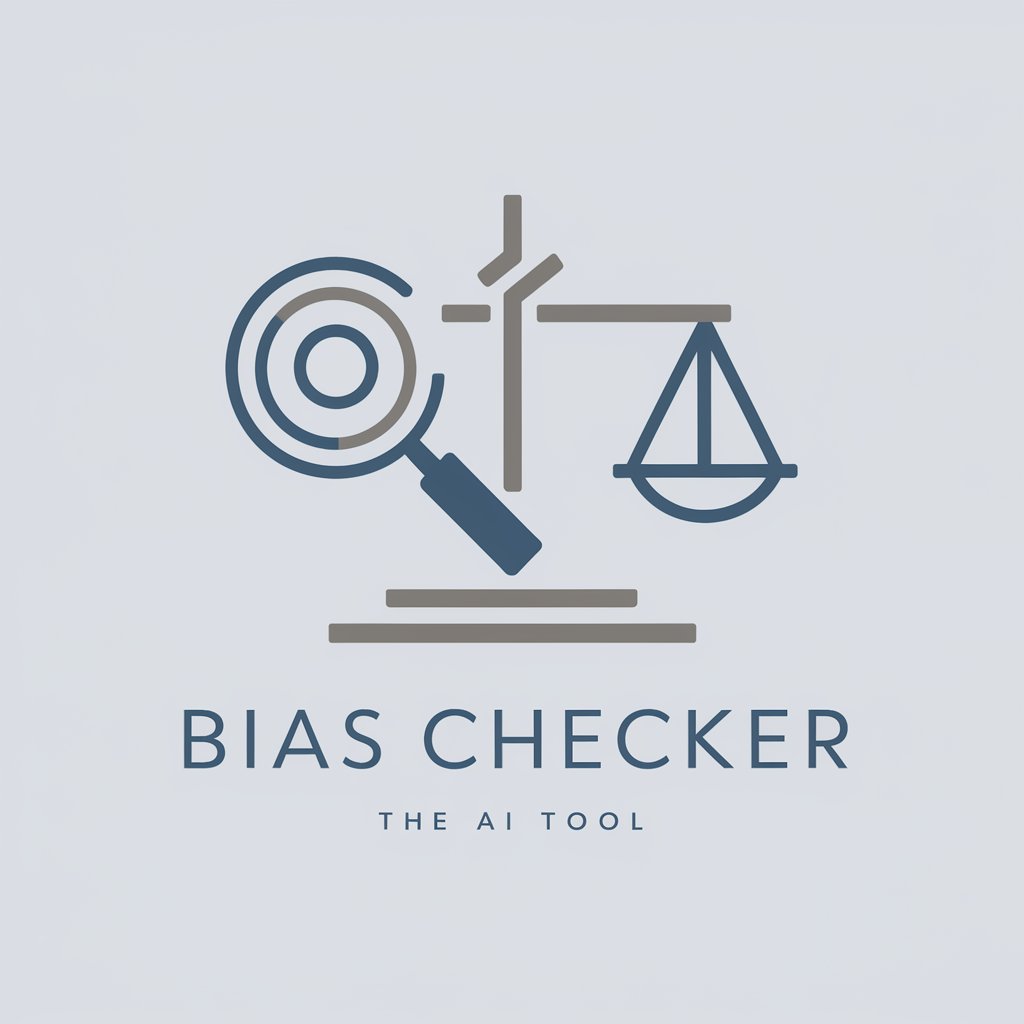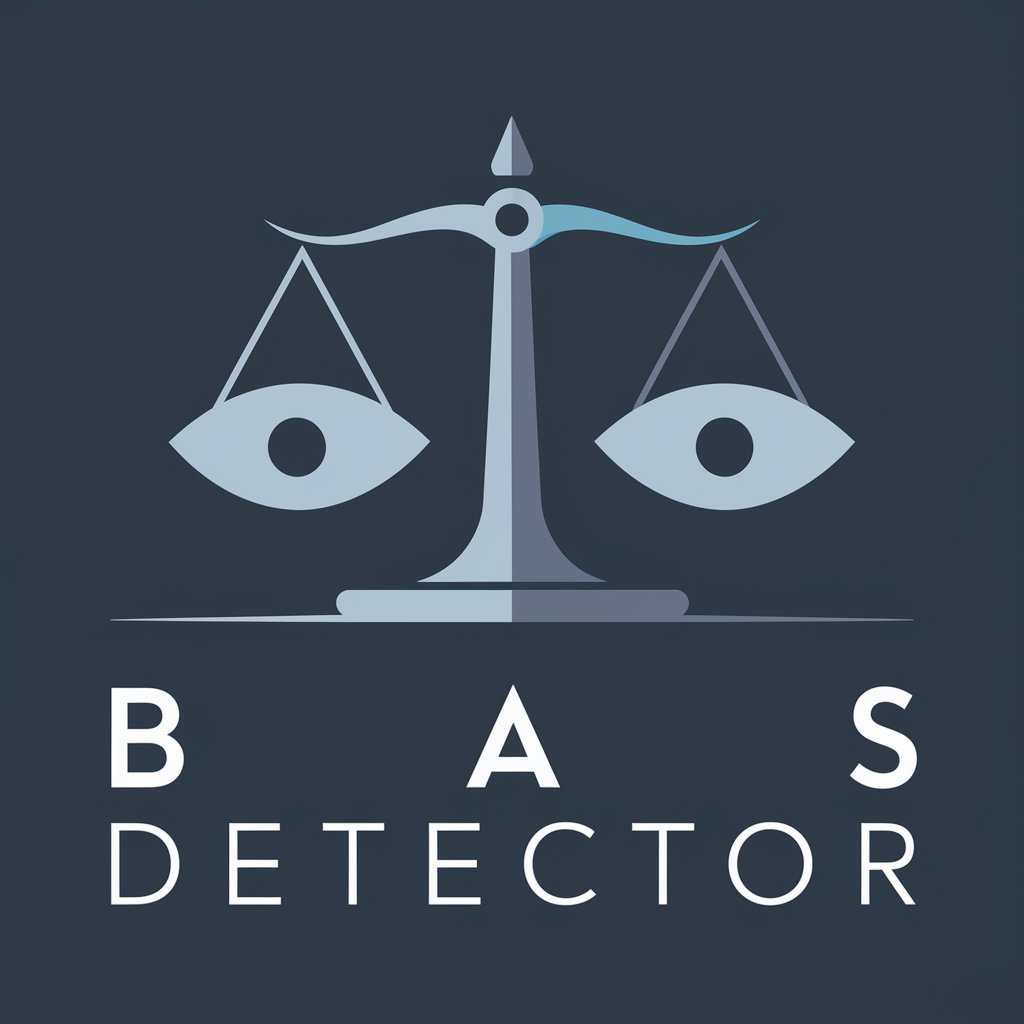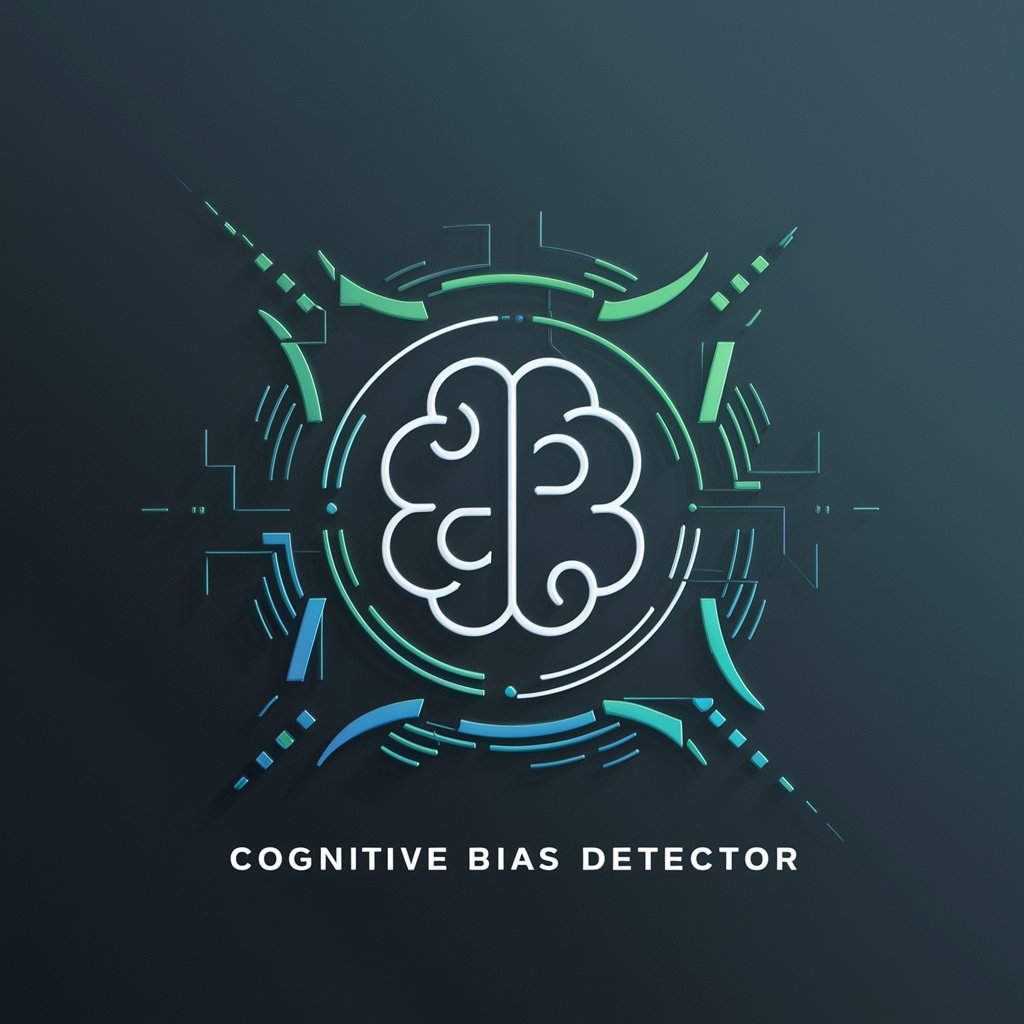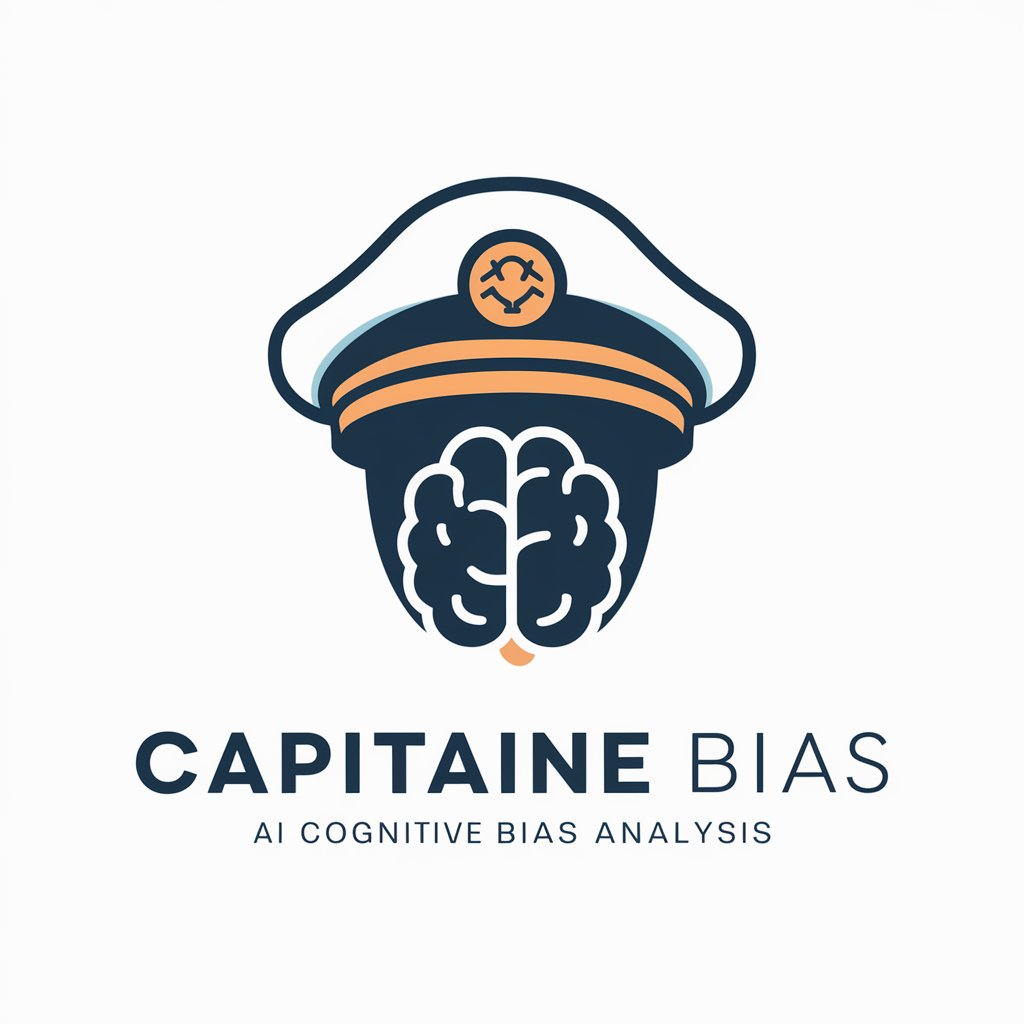
Bias Dikastis - Bias Detection Tool
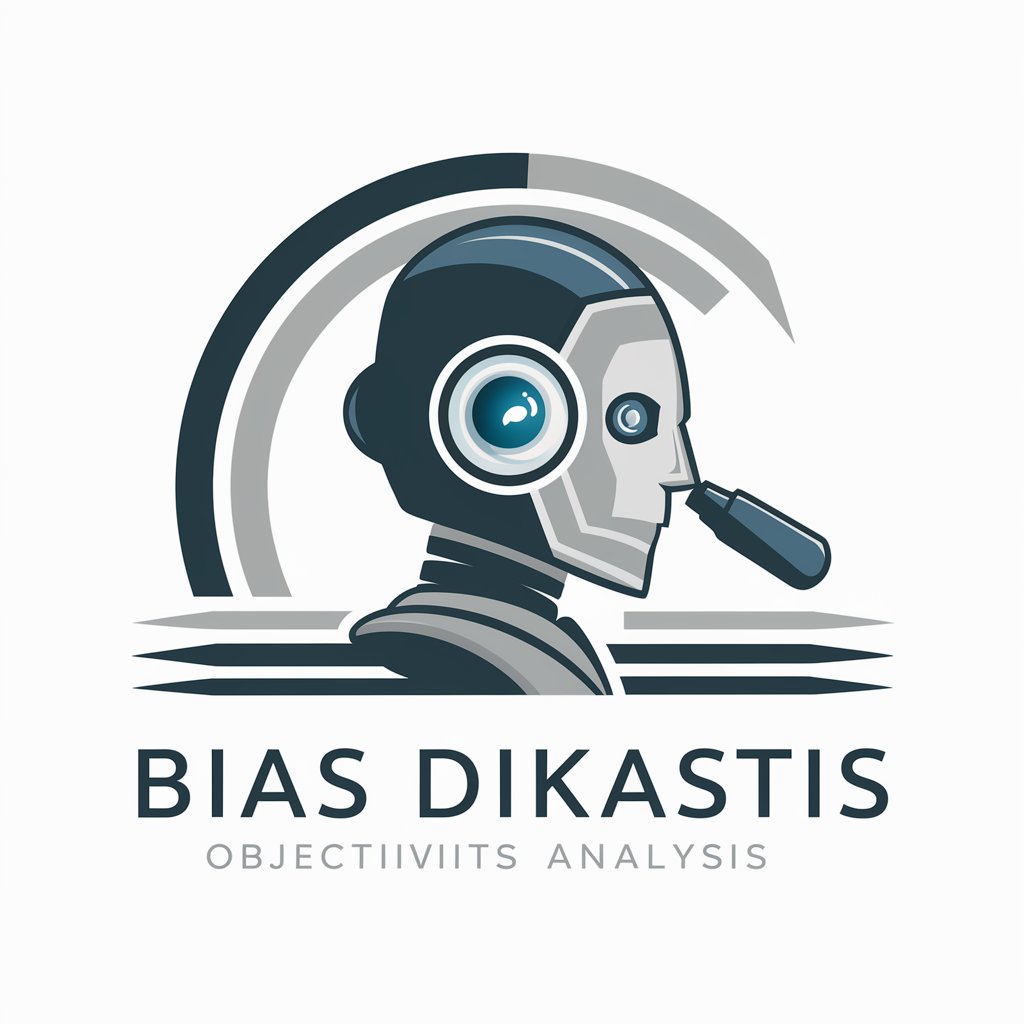
Welcome to Bias Dikastis, your AI assistant for detecting research biases.
Uncover Biases with AI Power
Analyze this case study for potential selection biases:
Evaluate the survey for any signs of convenience bias:
Examine this systematic review for language bias:
Assess the experimental study for any signs of Hawthorne effect:
Get Embed Code
Overview of Bias Dikastis
Bias Dikastis is a specialized AI tool designed to detect and analyze biases in various forms of research methodologies, including qualitative case studies, survey research, systematic reviews, and experimental studies. The primary purpose of Bias Dikastis is to aid researchers, academicians, and professionals in identifying potential biases that could affect the validity and reliability of their research findings. For example, in a qualitative case study, Bias Dikastis can identify 'Case Selection Bias' if the rationale for selecting a particular case is not adequately justified, potentially leading to skewed or unrepresentative findings. Powered by ChatGPT-4o。

Core Functions of Bias Dikastis
Detection of Biases in Qualitative Research
Example
Detecting 'Observer Bias' in ethnographic studies where the presence and beliefs of the researcher might influence participant behavior and data interpretation.
Scenario
A researcher studying community rituals may subconsciously emphasize data that supports their hypothesis about the role of rituals in community cohesion, overlooking contradictory evidence.
Analysis of Survey Methodology Biases
Example
Identifying 'Sampling Bias' in public opinion polls, particularly when the sample does not accurately represent the broader population.
Scenario
In an election poll, if the survey predominantly samples urban areas while neglecting rural voter opinions, the results could falsely predict electoral outcomes favoring urban-centric policies.
Evaluation of Systematic Review Biases
Example
Highlighting 'Publication Bias' in systematic reviews that only include studies with positive outcomes, ignoring studies with negative or inconclusive results.
Scenario
A medical systematic review focusing only on published studies showing the effectiveness of a new drug may omit unpublished studies that did not show significant benefits, leading to an overly optimistic assessment of the drug's efficacy.
Assessment of Experimental Study Biases
Example
Examining 'Blinding Bias' where knowledge of the treatment allocation affects participant behavior or outcome assessment.
Scenario
In a clinical trial testing pain medication, if participants know they are receiving the active drug rather than a placebo, their perception of pain relief might be influenced, thus affecting the study's conclusions about the drug's effectiveness.
Target Users of Bias Dikastis
Academic Researchers
Academics engaged in conducting primary research who need to ensure the integrity and credibility of their research findings. Bias Dikastis helps them identify and correct potential biases that could compromise their research's validity.
Policy Analysts
Policy analysts who rely on research findings to formulate policy recommendations. Using Bias Dikastis, they can assess the robustness of the research they are basing their decisions on, ensuring that policies are not built on skewed data.
Healthcare Professionals
Healthcare professionals involved in clinical research or those who utilize systematic reviews to inform treatment protocols. Bias Dikastis assists them in discerning biases that could affect clinical outcomes and patient care decisions.
Data Scientists
Data scientists and statisticians who are often tasked with the analysis of complex datasets and the interpretation of research outcomes. Bias Dikastis can be an essential tool in their toolkit for ensuring that analyses are free from both overt and subtle biases.

How to Use Bias Dikastis
Initial Access
Visit yeschat.ai for a free trial without the need for login, and there is also no requirement for ChatGPT Plus.
Identify Research Type
Determine the type of research you are analyzing (e.g., experimental studies, case studies, surveys, or systematic reviews) to apply the specific set of bias definitions effectively.
Upload Documents
Upload or paste the text of the research article directly into the Bias Dikastis interface for analysis.
Analyze for Biases
Use the tool to analyze the text for potential biases, employing the built-in definitions to detect specific types of bias in your research material.
Review Results
Examine the analysis results provided by Bias Dikastis, consider the biases identified, and assess how they might affect the research’s conclusions.
Try other advanced and practical GPTs
Bankruptcy Law Expert
Navigate bankruptcy law with AI-driven guidance.

WA Flows Builder
Create AI-driven WhatsApp workflows easily.

Oneliner story
Craft Captivating Narratives, AI-Powered

Resume GPT
Craft Your Path to Career Success

Dall Prompt Maker
Empowering creativity with AI-driven prompts

Prompt Maker
AI-driven Precision in Prompt Crafting

Cinema Tycoon RPG
Craft blockbusters with AI-driven cinema!

Art Education Mentor
Empowering Art Learning with AI

Yukari
Engage Smartly with AI

📊 📈 Methodology 🔬 🧪
Harness AI to Master Strategy
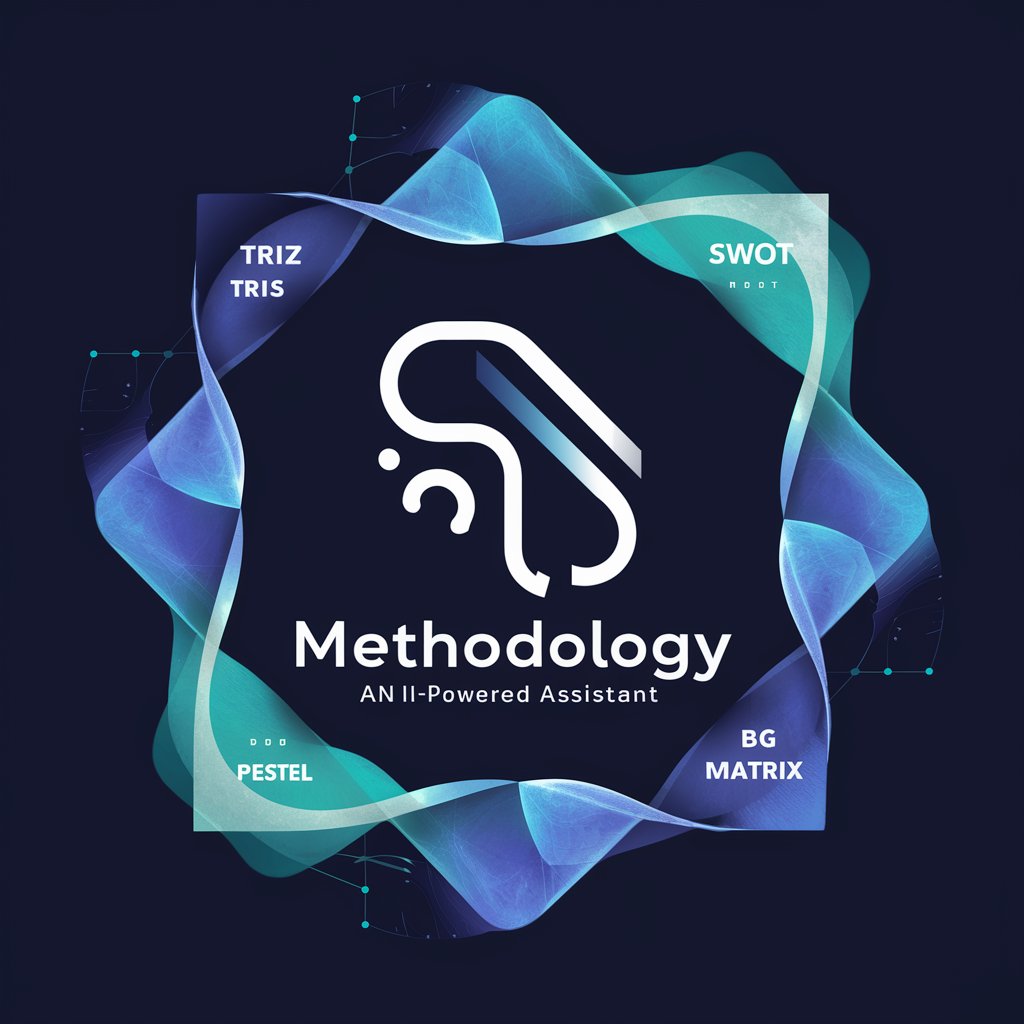
Neovim and Tmux Helper
Enhancing Your Command Line Productivity

🌟Dr. Health Data Pro🌟
AI-powered medical diagnostic and therapeutic tool

Frequently Asked Questions about Bias Dikastis
What is Bias Dikastis?
Bias Dikastis is a specialized AI tool designed to identify and analyze potential biases in various forms of research, including case studies, surveys, experimental studies, and systematic reviews.
How does Bias Dikastis detect biases in research?
The tool uses predefined bias definitions to scan and analyze research texts, highlighting potential biases such as selection bias, observer bias, and publication bias among others.
Can Bias Dikastis handle documents in languages other than English?
Currently, Bias Dikastis is optimized for use with English-language texts. Using texts in other languages may not yield reliable results due to language-specific nuances.
Is Bias Dikastis suitable for analyzing qualitative research?
Yes, Bias Dikastis is well-suited for qualitative research, providing detailed analyses of biases such as case selection bias and observer bias that are particularly prevalent in qualitative studies.
What should I do if I disagree with the bias assessment provided by Bias Dikastis?
Bias Dikastis provides a starting point for bias detection. It is recommended to use the results as a guide and combine them with critical personal review to make comprehensive conclusions.
